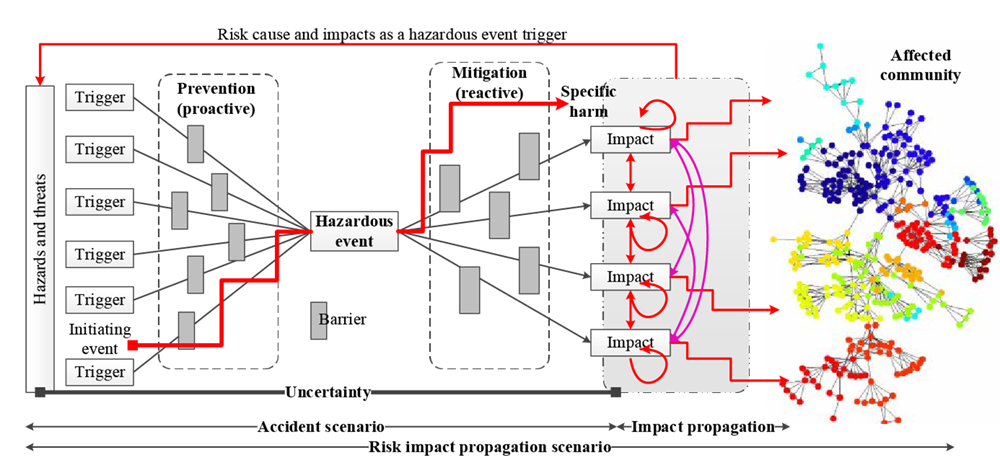On our rapidly urbanising planet, the everyday life of the world’s swelling population of urbanites is increasingly sustained by a vast and unknowably complex system of infrastructure and technology.
On our rapidly urbanising planet, the everyday life of the world’s swelling population of urbanites is increasingly sustained by a vast and unknowably complex system of infrastructure and technology.
The continuous reliance of urban dwellers on huge and complex systems of infrastructure stretched across geography creates inevitable vulnerabilities. The urban infrastructure system poses significant complexity and challenges to the society under dynamic and uncertain conditions. Extreme events and unexpected conditions may lead to failures, which can undermine the successful realization of the services provided by reliable urban infrastructure. The failure of urban infrastructure may affect whole communities dependent on these systems.
The ultimate goal is to make infrastructure systems and communities safe and resilient with advanced sciences, comprehensive technologies and resilience actions that allow system to recover its functionality in a short time.
In the field of risk management, a risk assessment is a crucial process towards building the analysis output fundamental to the building of risk mitigation strategies. It considers mutual interrelationships between infrastructure systems and the dependent society. Formal risk assessment methods tend to analyse and evaluate risks in a subjective, compartmentalized, linear and isolated manner. The shortage of formal risk assessment methods leads to loss of crucial information, creates a lack of transparency, and may cause managerial uncertainty towards building a comprehensive risk mitigation strategy. To fill this gap, this research aims to propose a novel risk assessment method, the Integrated Risk Assessment Method (IRAM), suitable for the development of urban infrastructure protection plans and assessing urban infrastructure sector risks.
The basis of IRAM is the integration of existing methods for risk analysis such as Failure Mode Effect and Criticality Analysis, and Fuzzy theory and Social Network Analysis.

Because conventional risk assessment may not be capable of responding to the complexities of risk within real life, an advanced simulation technique for scenario analysis will be developed. This will be tailored to the generation of ‘surprising’ scenarios of potential future conditions and events using Monte Carlo Simulation. Underlying factors and associated attributes within the proposed risk assessment method will be empirically validated in a case examining the Surabaya city water supply infrastructure context. The IRAM application will add a new perspective and significant insight towards the assessment of the infrastructure system risks.
This study sheds light on the risks inherent in complex urban society and the dynamics of the way multi-risk propagation impacts dependent communities. It will provide fundamental contributions to the body of knowledge pertaining to comprehensive risk assessment in the infrastructure system context.
